What is the best Quinoa substitute?
Are you looking for a quinoa substitute? When it comes to exploring the world of alternative ingredients, the spotlight often falls on quinoa, a superfood known for its versatility and nutritional value. For all you food enthusiasts out there, finding the best substitutes for quinoa can be a game-changer in your culinary adventures. Whether you’re looking to switch things up for dietary reasons or simply want to try something new, this guide will take you on a delightful journey through some fantastic quinoa substitutes that can elevate your dishes to a whole new level of deliciousness. So, buckle up and get ready to discover some fantastic options that might just become your new kitchen staples!
Try using: Couscous, Bulgur Wheat, Farro, Millet, Amaranth, Rice, Barley, Lentils, Chickpeas, or Riced Cauliflower.
Remember, the choice of substitute depends on the specific recipe and your dietary preferences. Experiment with these options to find the perfect quinoa alternative that suits your taste and nutritional needs.
What is Quinoa?
Quinoa (pronounced keen-wah) is a versatile and nutritious pseudo-grain that has gained popularity worldwide in recent years. Despite its grain-like appearance, did you know that quinoa is botanically classified as a seed? It originated in the Andes region of South America, specifically in countries like Peru, Bolivia, Ecuador, and Colombia.
Quinoa has a rich history dating back thousands of years. It was a staple food for ancient civilizations like the Inca Empire, who considered it sacred and referred to it as the “mother of all grains.” Quinoa was also valued for its exceptional nutritional content and ability to thrive in high-altitude, harsh growing conditions.
In recent decades, quinoa has become a global sensation due to its many health benefits. It’s gluten-free, a complete protein source (containing all essential amino acids), rich in fiber, vitamins, and minerals. Quinoa’s adaptability in various cuisines and its versatility in both savory and sweet dishes have contributed to its widespread popularity.
Today, quinoa is cultivated in many countries worldwide, but its origins in the Andes region continue to be significant. It has become a staple in many people’s diets, offering a nutritious and delicious alternative to traditional grains.
Okay, before we look at your quinoa substitute options, let’s deal with that empty cupboard situation!
Where can I buy Quinoa?
If you want to be more prepared and ensure you don’t run out of quinoa, then you should stock up now.
Nowadays, most delicatessens and general supermarkets stock a wide variety of quinoa. Or if you prefer you can also purchase quinoa on-line.
So why not jump on and place your order today.
STOCK UP NOW!
Quinoa is considered to be a superfood. A grain which is very simple and easy to prepare. Full of protein and a great source of fiber and iron. Just add stock (2:1 ratio) or other peferred liquid, and gently simmer for approximately 15 minutes. Done!
Gluten-free, Non-GMO, and 100% organic. USDA certified.
What can I substitute for Quinoa?
Here are some of the best ingredients to substitute the flavor and role that quinoa provides in your recipes.
- Couscous
- Bulgur Wheat
- Farro
- Millet
- Amaranth
- Rice
- Barley
- Lentils
- Chickpeas
- Riced Cauliflower
Quinoa substitutes
Couscous
Couscous can be a fantastic substitute for quinoa in many recipes. While they have some differences in flavor and texture, couscous is a versatile ingredient that can work well in various dishes where quinoa is typically used. Here’s how you can use couscous as a substitute:
- Texture: Couscous has a slightly finer texture than quinoa, and it cooks quickly. If you’re looking for a similar grain-like base with a lighter texture, couscous is a great choice.
- Flavor: Couscous has a mild, neutral flavor, which makes it adaptable to various cuisines. It won’t overpower the other ingredients in your dish, just like quinoa.
- Preparation: Couscous is incredibly easy to prepare. Simply pour boiling water or broth over it and let it sit for a few minutes. Fluff it with a fork, and it’s ready to use. This quick cooking time can save you valuable minutes in the kitchen.
- Recipes: You can use couscous as a substitute for quinoa in dishes like salads, pilafs, or as a side dish. It pairs well with vegetables, herbs, and proteins.
However, keep in mind that couscous is not gluten-free, unlike quinoa, which is naturally gluten-free. So, if you or your diners have gluten sensitivities or allergies, couscous may not be the best choice in those situations. Otherwise, feel free to experiment with couscous as a delicious alternative to quinoa in your recipes.
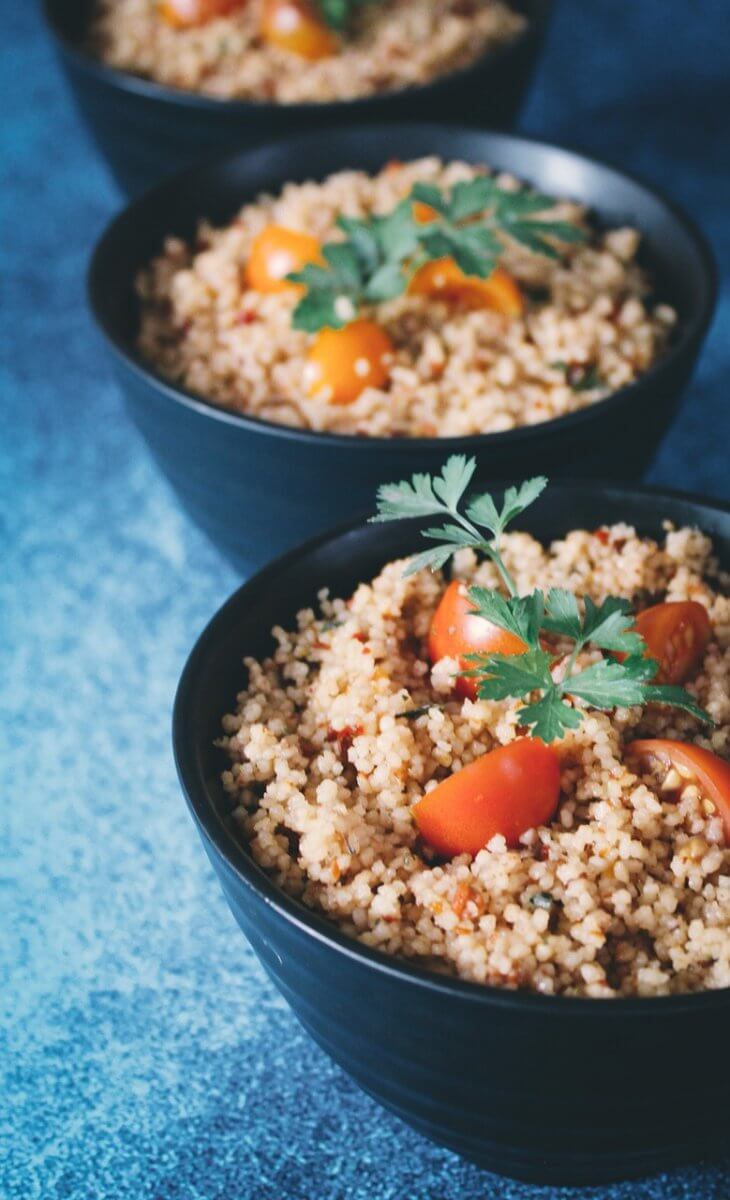
Bulgur Wheat
Bulgur wheat can be an excellent substitute for quinoa in various recipes and is often simply referred to as bulgur. It is a whole grain made from cracked wheat kernels that have been partially cooked, dried, and then cracked into various sizes. It is a popular and versatile ingredient in many cuisines, particularly in the Middle East and Mediterranean regions. Here’s how you can use bulgur wheat as a substitute:
- Texture: Bulgur wheat has a similar texture to quinoa, offering a slightly chewy and hearty bite. It works well in dishes where you want that grain-like texture.
- Flavor: Bulgur wheat has a mild, nutty flavor, which complements a wide range of ingredients. Like quinoa, it won’t overpower the other flavors in your dish.
- Preparation: Bulgur wheat is quick to prepare. You can simply soak it in hot water or broth for about 15-20 minutes, and it’s ready to use. This fast cooking time makes it convenient for weeknight meals.
- Recipes: You can use bulgur wheat as a substitute for quinoa in dishes like tabbouleh, grain bowls, pilafs, or salads. It’s a common ingredient in Middle Eastern and Mediterranean cuisines.
- Nutrition: Bulgur wheat is a good source of fiber, vitamins, and minerals, similar to quinoa. It’s not a complete protein like quinoa, but it can still provide a decent amount of protein in your dishes.
Bulgur wheat is an excellent choice if you’re looking for a substitute with a similar texture and taste to quinoa. However, keep in mind that it contains gluten, unlike quinoa, which is naturally gluten-free. So, if gluten is a concern for you or your diners, consider alternative gluten-free options like quinoa or rice.
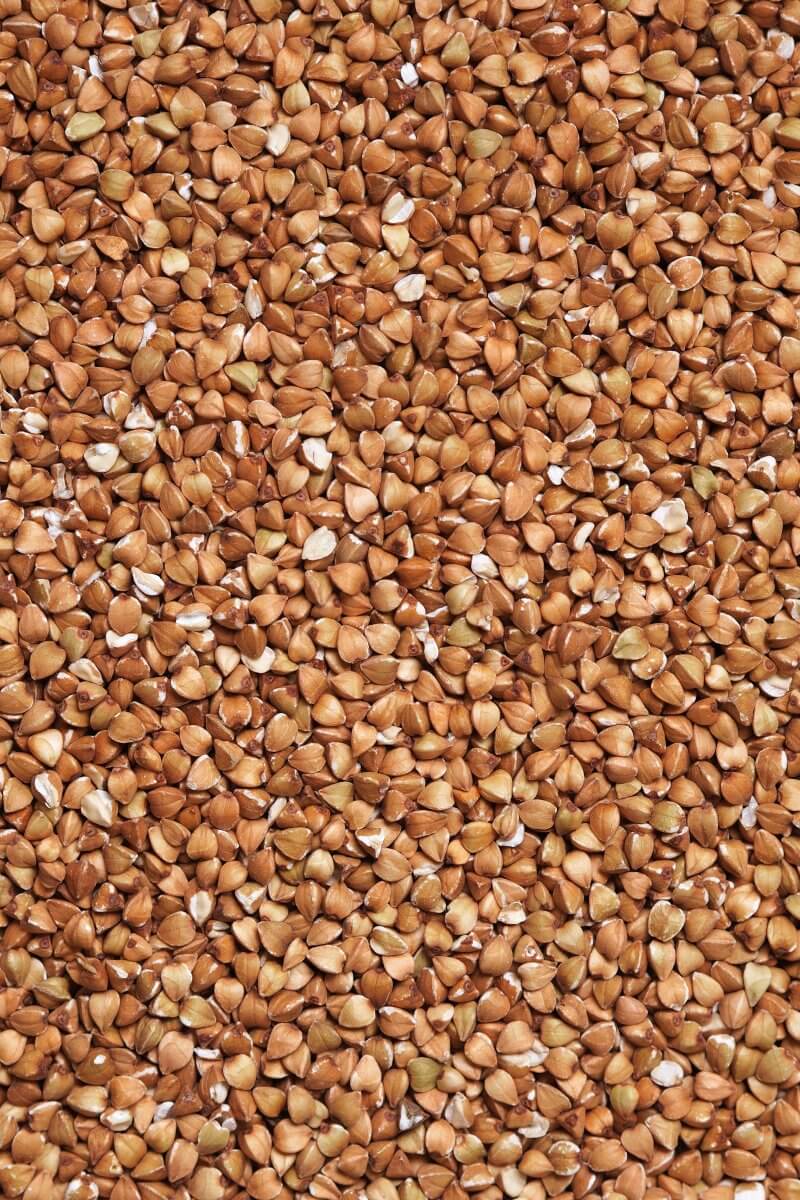
Farro
Farro can be a wonderful substitute for quinoa in many recipes. It is an ancient and nutritious wheat grain that has been cultivated for thousands of years. It’s known for its nutty flavor, chewy texture, and versatility in cooking. Here’s how you can use farro as a substitute:
- Texture: Farro has a chewy, slightly nutty texture, which is somewhat similar to quinoa. It can add a hearty and satisfying element to your dishes.
- Flavor: Farro has a mild, earthy flavor that pairs well with a variety of ingredients. Like quinoa, it won’t dominate the taste of your dish, allowing other flavors to shine.
- Preparation: Farro does require a longer cooking time compared to quinoa. It typically takes around 20-30 minutes to cook. So, plan your cooking time accordingly if you decide to use farro as a substitute.
- Recipes: You can use farro as a substitute for quinoa in grain bowls, soups, stews, salads, or as a side dish. It’s particularly popular in Mediterranean and Italian cuisines.
- Nutrition: Farro is a good source of fiber, protein, vitamins, and minerals. It’s not a complete protein like quinoa, but it can still provide valuable nutrients in your meals.
The longer cooking time is one of the main differences between farro and quinoa, so keep that in mind when choosing which one to use. However, if you don’t mind the extra cooking time and appreciate the chewy texture and nutty flavor of farro, it can be a delightful substitute in your recipes.
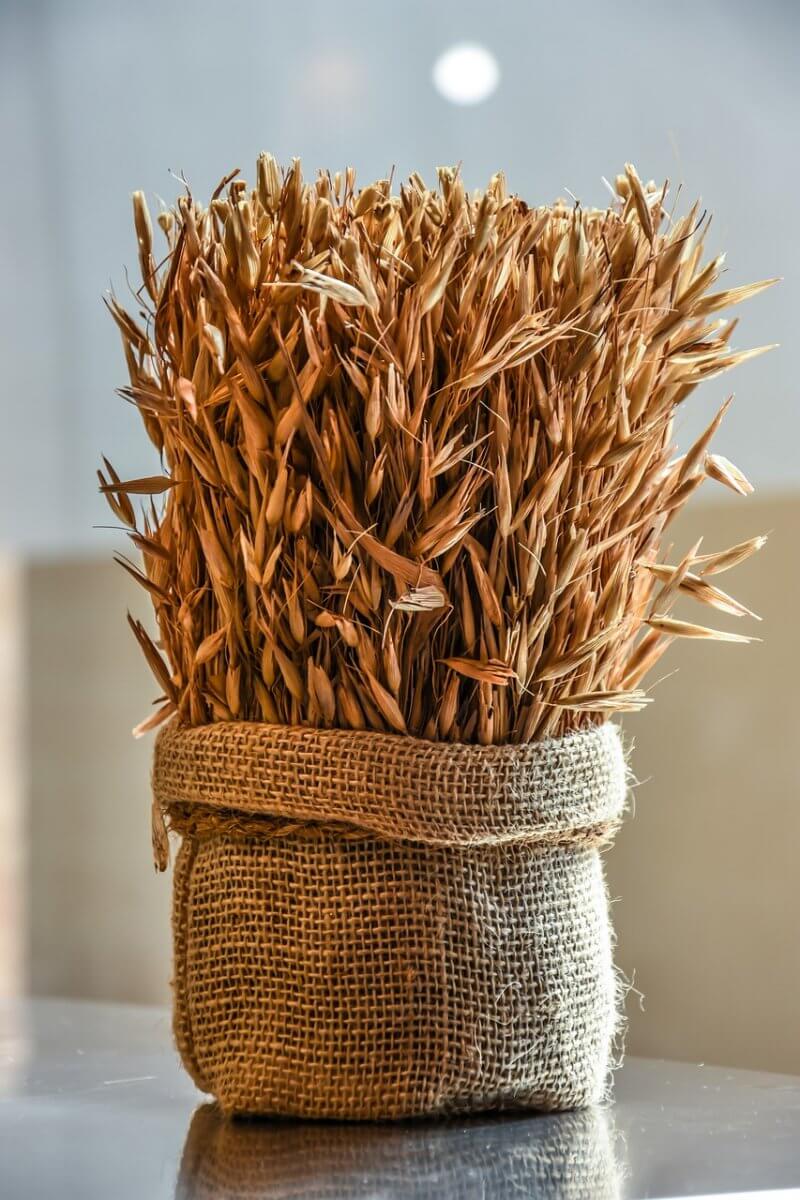
Millet as a quinoa substitute
Millet can be a fantastic substitute for quinoa in many dishes. It is actually a small, round grain that belongs to the Poaceae family, which includes various cereal crops. It has been cultivated for thousands of years and is considered one of the oldest cultivated grains in the world. Millet is known for its versatility, nutritional value, and adaptability to different growing conditions. Here’s how you can use millet as a substitute:
- Texture: Millet has a slightly crunchy texture when cooked, which can add a delightful contrast to your dishes. It’s somewhat similar to quinoa in terms of texture.
- Flavor: Millet has a mild, slightly sweet and nutty flavor, making it versatile for various cuisines. Like quinoa, it won’t overpower the other flavors in your dish.
- Preparation: Cooking millet is quite straightforward. You can simmer it in water or broth for about 20-25 minutes, and it’s ready to use. It’s a relatively quick-cooking grain.
- Recipes: You can use millet as a substitute for quinoa in salads, pilafs, grain bowls, or as a side dish. You can also use it for gluten-free baking recipes.
- Nutrition: Millet is gluten-free and a good source of fiber, vitamins, and minerals. It’s not a complete protein like quinoa, but it can still provide valuable nutrients.
Millet’s slightly crunchy texture and mild, nutty flavor can make it an exciting and delicious alternative to quinoa. It’s especially suitable if you appreciate grains with a bit of crunch. Give it a try in your recipes, and you may discover a new favorite ingredient for your dishes.

Amaranth
Amaranth is a highly nutritious and versatile pseudo-grain that has been cultivated for thousands of years. Despite its grain-like appearance, it is technically a seed, making it a suitable option for those seeking gluten-free grains. Here’s how you can use amaranth as a substitute:
- Texture: Amaranth has a similar tiny grain-like texture to quinoa. It cooks up with a slightly gelatinous texture, which can be appealing in certain recipes.
- Flavor: Amaranth has a nutty and earthy flavor, similar to quinoa. It won’t overpower other ingredients and can also adapt very well to various flavor profiles.
- Preparation: Amaranth is relatively easy to cook. You can simmer it in water or broth for about 20-25 minutes. It will become slightly gelatinous, and the grains will pop open.
- Recipes: Amaranth works as a substitute for quinoa in dishes like porridge, salads, and grain bowls. It’s particularly popular in gluten-free and vegetarian cooking.
- Nutrition: Amaranth is gluten-free and, like quinoa, is considered a complete protein because it contains all essential amino acids. It’s also rich in fiber, vitamins, and minerals.
One thing to note is that amaranth can have a slightly different texture due to its gelatinous quality when cooked. It’s especially delightful in porridge or as a thickening agent in soups. If you enjoy experimenting with unique textures and flavors, amaranth can be a delightful substitute for quinoa in your culinary adventures.
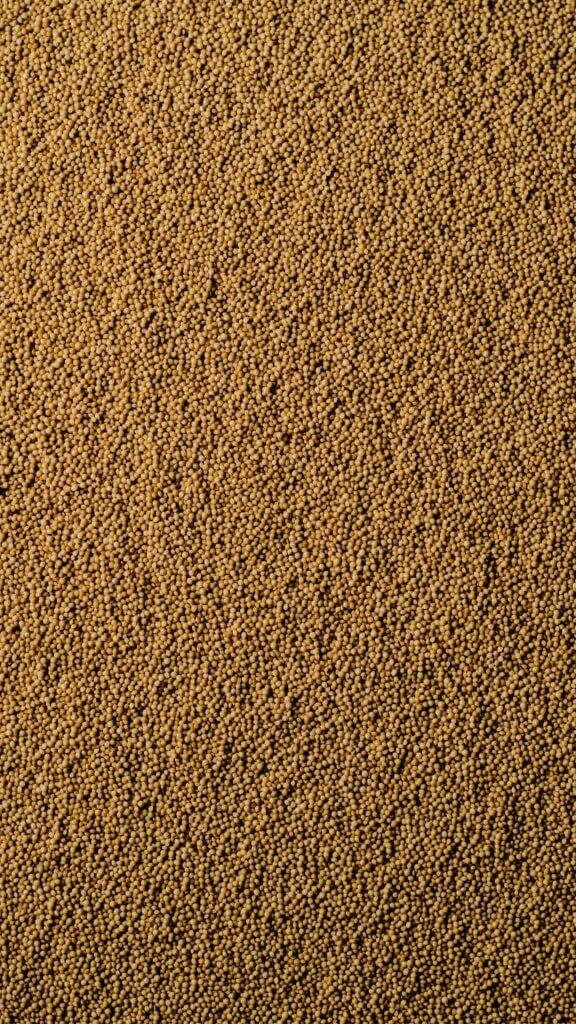
Rice as a quinoa substitute
Rice can be a suitable substitute for quinoa in many recipes. Here’s how you can use rice as a substitute:
- Texture: Rice, depending on the variety, can offer a different texture compared to quinoa. For example, white rice tends to be fluffy and light, while brown rice is chewier. Choose the type of rice that matches the texture you desire for your dish.
- Flavor: Rice has a mild, neutral flavor, which makes it adaptable to various cuisines and flavors. It won’t overpower the other ingredients in your recipe, just like quinoa.
- Preparation: Cooking rice is straightforward. It typically requires simmering in water or broth until it’s tender, with the exact cooking time depending on the type of rice you choose.
- Recipes: You can use rice as a substitute for quinoa in dishes like stir-fries, casseroles, sushi, or as a side dish. It’s a staple in many cuisines around the world.
- Varieties: There are various types of rice available, including white rice, brown rice, jasmine rice, basmati rice, and wild rice. Each variety has its unique flavor and texture, allowing you to select one that complements your recipe.
While rice can work as a substitute for quinoa, it’s important to consider the differences in cooking times and textures. Additionally, if you’re seeking the specific nutritional benefits of quinoa, such as its complete protein content, rice may not provide the same profile. Nonetheless, rice remains a versatile and widely enjoyed grain that can be used effectively in a variety of dishes. Choose the type of rice that suits your recipe best, and enjoy your culinary creations!
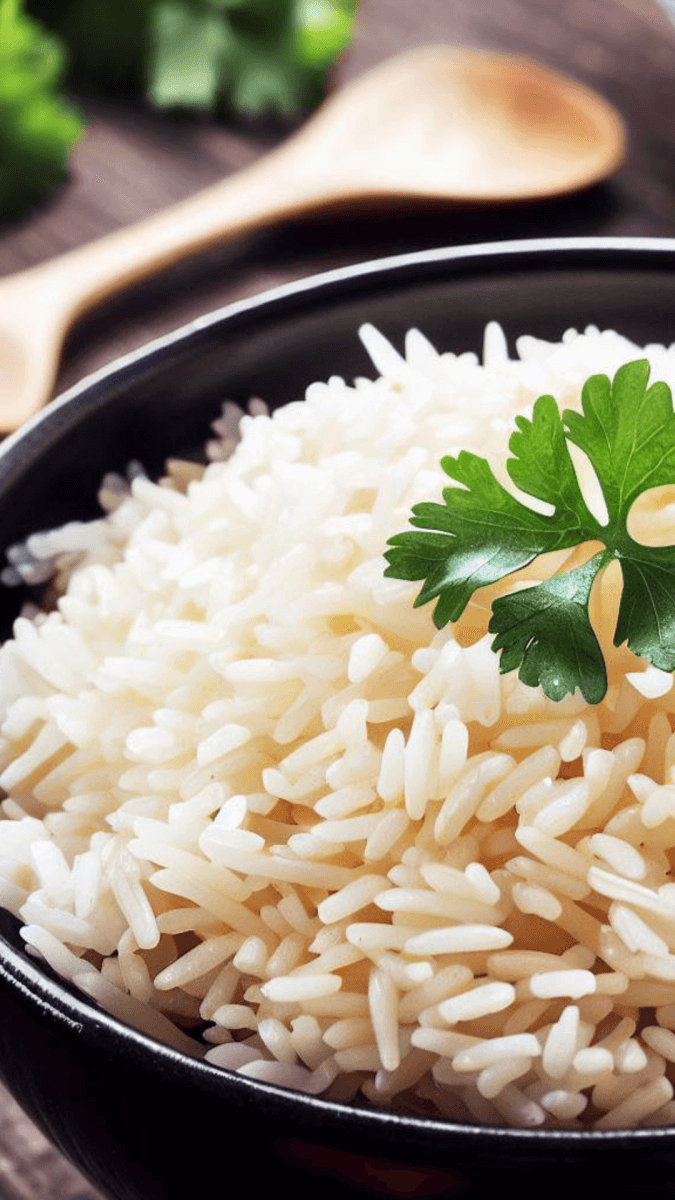
Barley
Barley can be a suitable substitute for quinoa in certain dishes. It i actually one of the oldest cultivated grains in the world, with a history dating back over 10,000 years. It was one of the first domesticated grains and was grown in ancient civilizations such as Egypt and Mesopotamia. Barley’s long history of cultivation has made it a significant staple crop in various cultures throughout the ages.
Barley is incredibly versatile in culinary applications. It can be used to make various food products, including bread, beer, and malted barley for whiskey production. Additionally, barley is commonly used in soups, stews, pilafs, and as a side dish. Its adaptability in both savory and sweet dishes showcases its versatility in the kitchen. Here’s how you can use barley as a substitute:
- Texture: Barley has a chewy and slightly nutty texture, which is different from quinoa’s texture but can still be appealing in various recipes.
- Flavor: Barley has a mild, earthy flavor that can complement a wide range of ingredients. While it’s distinct from quinoa’s flavor, it won’t overpower the other flavors in your dish.
- Preparation: Cooking barley typically takes longer than quinoa. It can take anywhere from 25 to 45 minutes to become tender, depending on the type of barley (pearl, hulled, or pot barley) and your desired level of chewiness.
- Recipes: Barley can be used as a substitute for quinoa in soups, stews, pilafs, and salads. It’s a common ingredient in many hearty dishes and is particularly popular in British and Irish cuisine.
- Nutrition: Barley is rich in dietary fiber, vitamins, and minerals, making it a healthy choice. While it’s not a complete protein like quinoa, it can still provide valuable nutrients in your meals.
When using barley as a substitute for quinoa, keep in mind the longer cooking time and adjust your recipe accordingly. If you appreciate barley’s chewy texture and earthy flavor, it can be an excellent choice to add variety to your dishes.
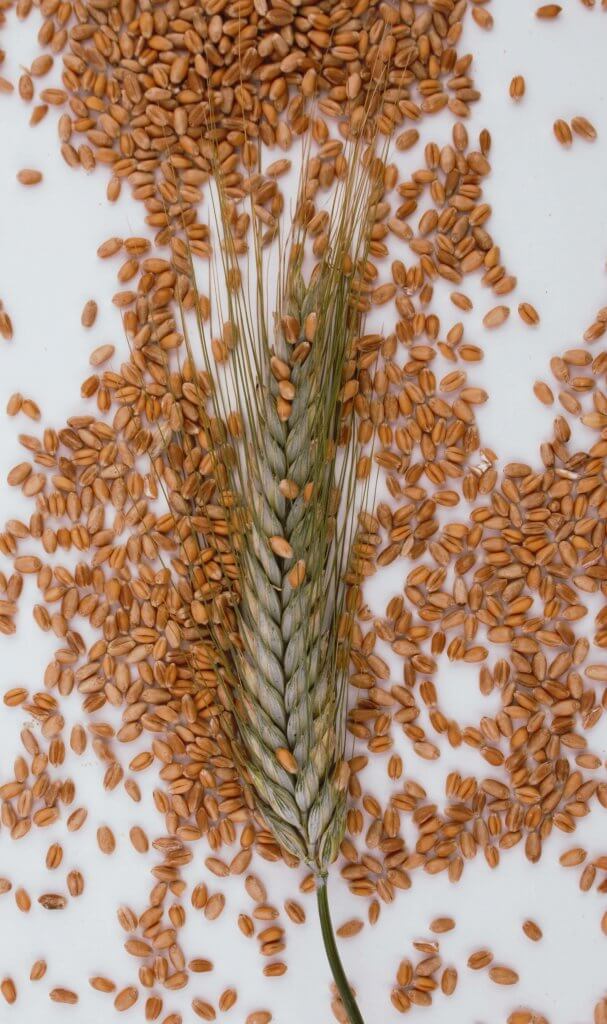
Lentils as a quinoa substitute
You can use lentils as a substitute for quinoa in certain dishes. When choosing lentils as a substitute for quinoa, it’s essential to consider the type of lentil that best matches your recipe and desired texture. Here’s how you can do it:
- Texture: Lentils have a soft and slightly grainy texture when cooked, which is different from quinoa’s texture. They can add a creamy or chunky element to your dishes, depending on how they’re prepared.
- Flavor: Lentils have a mild, earthy flavor. They won’t dominate the taste of your dish and can adapt well to various seasonings and ingredients, similar to quinoa.
- Preparation: Lentils are relatively quick to cook, typically taking 20-30 minutes, depending on the type of lentil. They don’t require soaking, which can save you time in the kitchen.
- Recipes: Us lentils as a substitute for quinoa in salads, soups, stews, and grain bowls. They’re particularly popular in vegetarian and vegan dishes due to their protein content.
- Nutrition: Lentils are an excellent source of plant-based protein, dietary fiber, vitamins, and minerals. They are not a complete protein like quinoa but provide essential nutrients.
When using lentils as a substitute for quinoa, consider the dish’s overall texture and cooking time. Lentils can add creaminess or chunkiness, which can be appealing in certain recipes. They are especially great for boosting protein content in vegetarian or vegan dishes. Experiment with different types of lentils, such as green, brown, or red, to find the variety that works best for your recipe.
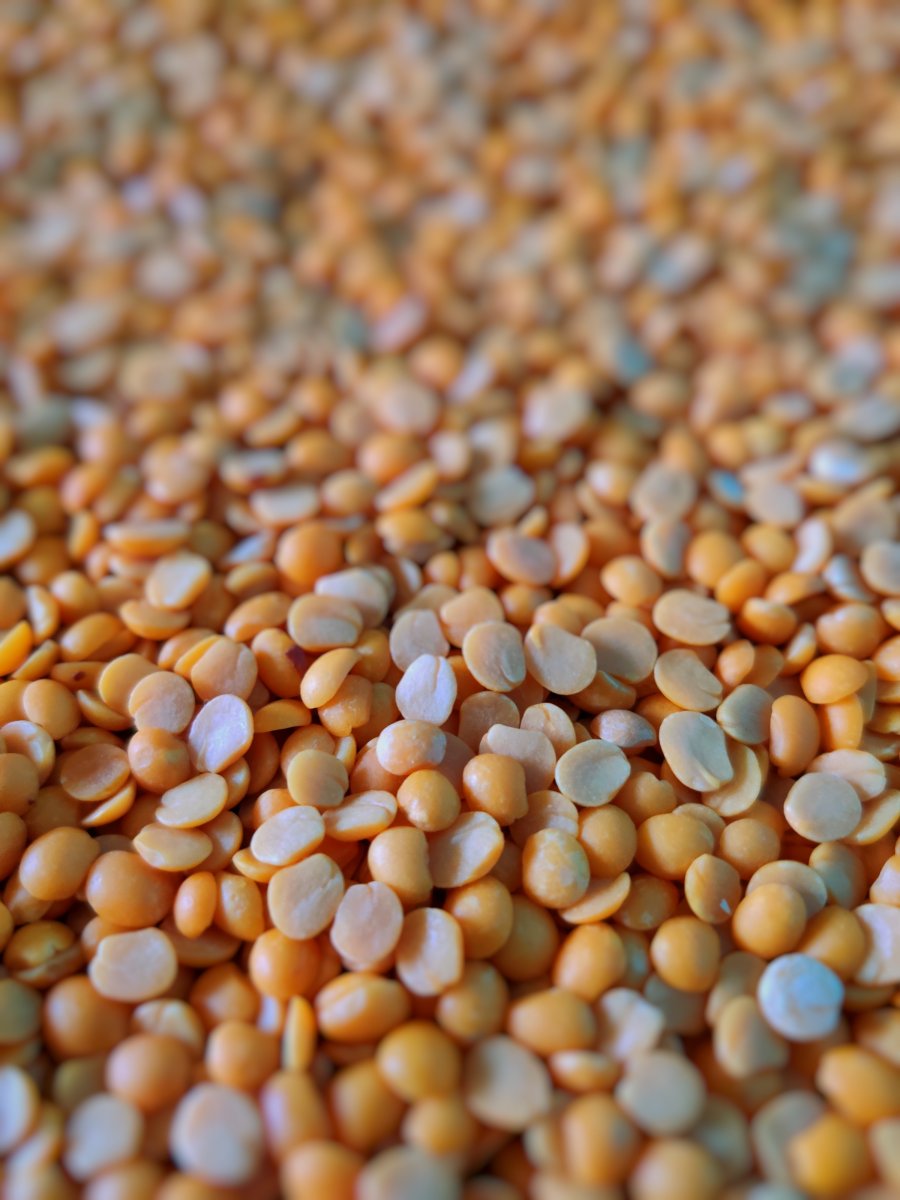
Chickpeas
Chickpeas can serve as a complementary ingredient to quinoa, but they aren’t a direct substitute in terms of texture or flavor. However, you can use chickpeas creatively in your recipes alongside quinoa or in place of quinoa in specific scenarios. Here’s how:
- Texture: Chickpeas have a soft yet slightly grainy texture when cooked, which is different from quinoa’s texture. They can add creaminess or chunkiness to your dishes, depending on how they’re prepared.
- Flavor: Chickpeas have a mildly nutty and earthy flavor, which complements a wide range of ingredients. While they have a distinct taste, they won’t overpower other flavors in your dish.
- Preparation: Chickpeas can be canned or cooked from dried. If using canned chickpeas, they’re ready to use after draining and rinsing. If cooking from dried chickpeas, you’ll need to soak and then simmer them until they become tender, which can take a couple of hours.
- Recipes: Use chickpeas alongside quinoa in salads, grain bowls, and dishes like quinoa and chickpea curry. They’re also commonly used to make hummus or roasted for a crunchy snack.
- Nutrition: Chickpeas are an excellent source of plant-based protein, dietary fiber, vitamins, and minerals. They can provide valuable nutrients in your meals.
While chickpeas and quinoa have different textures, they can complement each other well in recipes, offering a balance of protein, fiber, and flavor. So, consider using chickpeas alongside quinoa or exploring dishes that feature both ingredients. This combination can add variety and nutrition to your culinary creations.
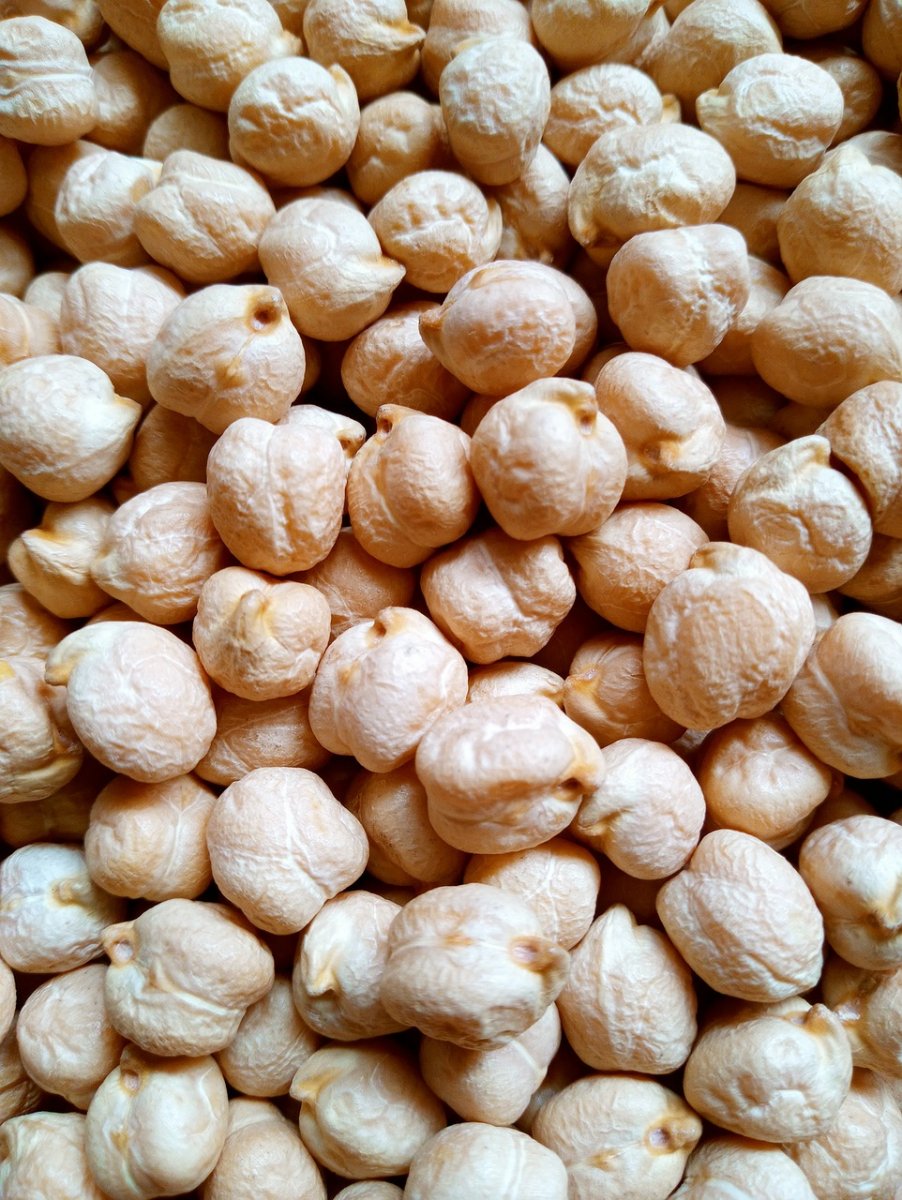
Riced Cauliflower
You can use riced cauliflower as a substitute for quinoa, especially if you’re looking for a low-carb or gluten-free alternative. Riced cauliflower can be used in a variety of dishes, including cauliflower rice stir-fries, as a base for grain-free bowls, in cauliflower pizza crust, or as a low-carb substitute for rice in many recipes. Here’s how you can use riced cauliflower as a substitute for quinoa:
- Texture: Riced cauliflower has a rice-like texture but is much lower in carbohydrates compared to quinoa. It offers a light and fluffy texture, making it an excellent choice for dishes where you want a similar mouthfeel without the carb content.
- Flavor: Riced cauliflower has a neutral, slightly earthy flavor, which makes it highly adaptable to different cuisines and flavor profiles. It also won’t overpower other ingredients in your dish, similar to quinoa.
- Preparation: Using riced cauliflower is incredibly convenient. You can purchase it pre-riced in the grocery store’s frozen or fresh produce section or make your own by processing cauliflower florets in a food processor.
- Recipes: Use riced cauliflower as a substitute for quinoa in various recipes. It’s especially popular in low-carb and keto diets. You can use it in stir-fries, as a base for grain-free bowls, or even in place of quinoa in fried rice dishes.
- Nutrition: Riced cauliflower is low in carbs and calories, making it an ideal choice for those watching their carbohydrate intake. While it doesn’t provide the same protein content as quinoa, it offers dietary fiber and essential vitamins and minerals.
If you’re looking for a low-carb, gluten-free alternative to quinoa, riced cauliflower can be a fantastic choice. It’s versatile and can help you create lighter, lower-calorie versions of your favorite quinoa-based dishes.
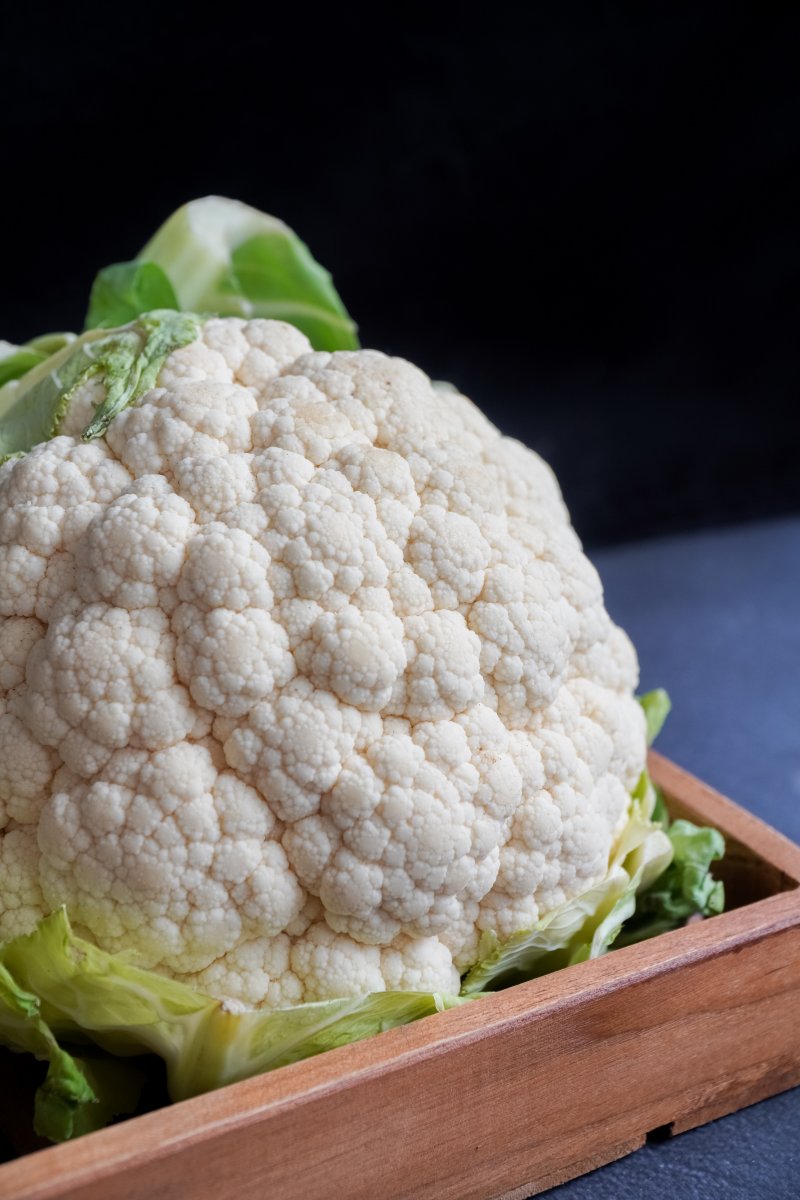
Summary for Quinoa substitutes
Okay – that’s you all sorted with suitable substitutes for Quinoa.
Hopefully you can find something suitable in our list of alternatives. Here’s a quick recap:
- Couscous: This small pasta-like grain cooks quickly and has a mild, nutty flavor. It’s an excellent substitute in salads or also as a base for various dishes.
- Bulgur Wheat: With a similar texture to quinoa, bulgur wheat is a fantastic option for grain bowls and tabbouleh. It’s quick to prepare and has a pleasant, slightly nutty taste.
- Farro: Farro is an ancient grain with a chewy texture and nutty flavor. It’s great in soups, stews, or as a side dish.
- Millet: Millet is a gluten-free grain with a mild, slightly sweet flavor. It’s perfect for making a fluffy, quinoa-like side dish.
- Amaranth: Like quinoa, amaranth is also a complete protein and has a similar nutty flavor. It works well as a quinoa substitute in dishes like porridge or as a salad ingredient.
- Rice: Brown rice or wild rice can be used in place of quinoa in many recipes. They offer different textures and flavors, making them versatile choices.
- Barley: Pearl barley or hulled barley is a hearty grain that can replace quinoa in soups, stews, and even risottos.
- Lentils: For a protein-packed option, consider using lentils. They come in various colors and work well in salads, soups, and grain bowls.
- Chickpeas: Chickpeas, also known as garbanzo beans, can be roasted and used as a crunchy topping or mashed into a salad for added texture and protein.
- Riced Cauliflower: If you’re looking for a low-carb alternative, riced cauliflower can be used as a base for many dishes, offering a different texture and taste.
We have gathered together a lot more facts on ingredients such as herbs, spices, oils, nuts, etc. if you would like to learn some more.
Or if you need to swap out another ingredient have a look at our Substitutes section.

